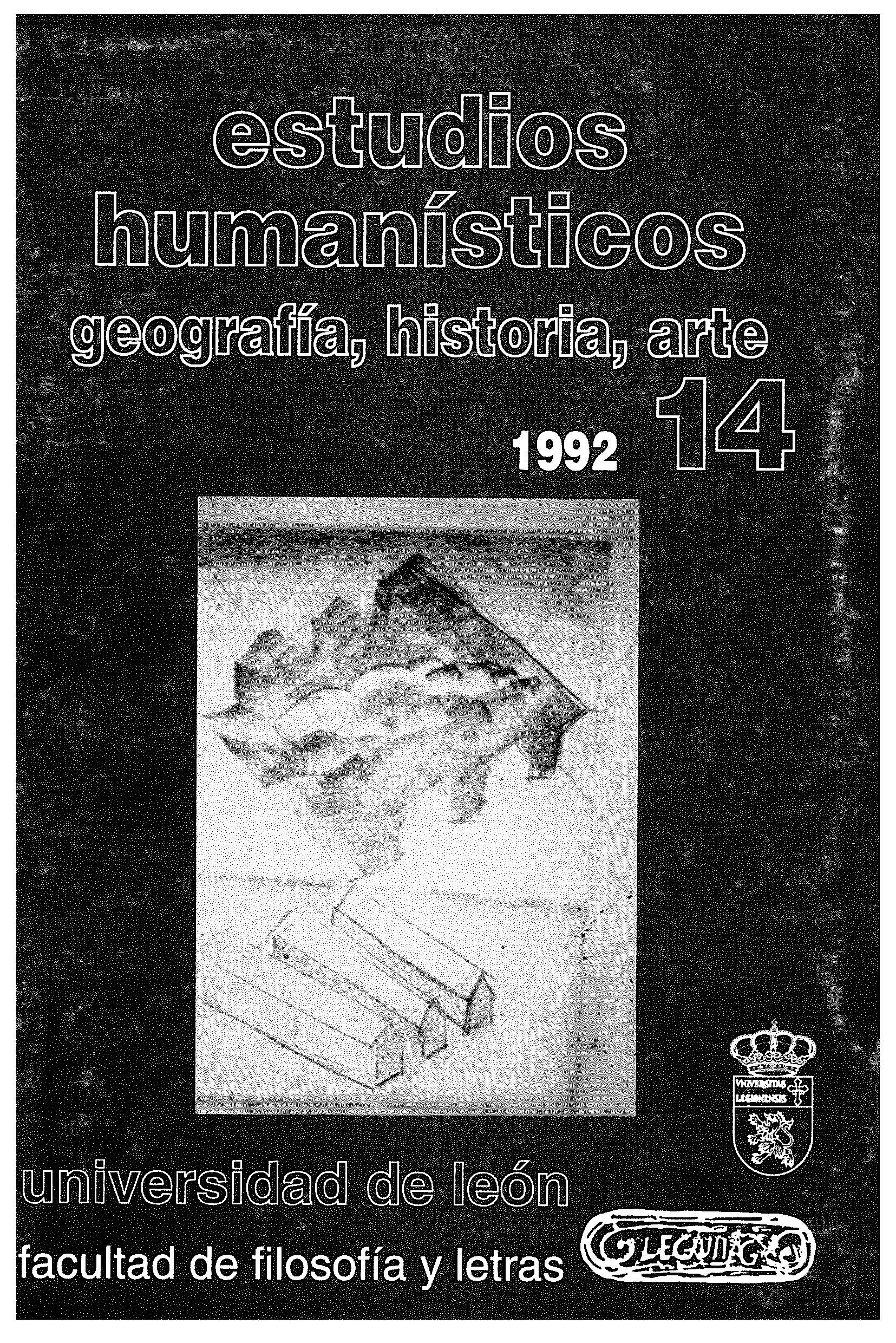Economía, política y urbanismo en el León de los siglos XVI-XVIII
DOI:
https://doi.org/10.18002/ehgha.v0i14.6888Palavras-chave:
Oligarquía territorial, mercantilismo, autocracía, centros de poder local, urbanismo monumental, equipamiento e infraestructuras públicas, ordenanzas municipalesResumo
During the period under consideration, the progression of history seems to be dominated by the confrontation of antagonistic social groups in numerous forms: the revolt in century, plans for independence, dynastic wars, and so on. What is particularly clear is the conflict between a landowning oligarchy who aim at maintaining their lordly privileges and an emerging bourgeoisie who favour a mercantilist policy which requires progressive liberalisation. Once the revolt of the comuneros is over, an autocratic power emerges with new strength to lay the foundations of the modern state.
Newly evolving forms of production are protected with bylaws which regulate and control the economic life of the city: agricultura, trade, and craft production. In the area of town - planning there is a new style of architecture and a renovated urban landscape: specialised sales outlets - for butchers, bakers, fishmongers - as the basic economic activity; the Town Hall, as a survival of municipal power that struggles to maintain its independence; the Palaces or mansions of the nobility, as the continuation of a landowning oligarchy, and the Main Square, as an urban space built to the scale of an autocracy that wishes to make politics a preserve of the Monarch.
Downloads
Downloads
Publicado
Como Citar
Edição
Seção
Licença
Copyright (c) 1992 Antonio Teodoro Reguera Rodríguez

Este trabalho está licenciado sob uma licença Creative Commons Attribution-NonCommercial-ShareAlike 4.0 International License.








